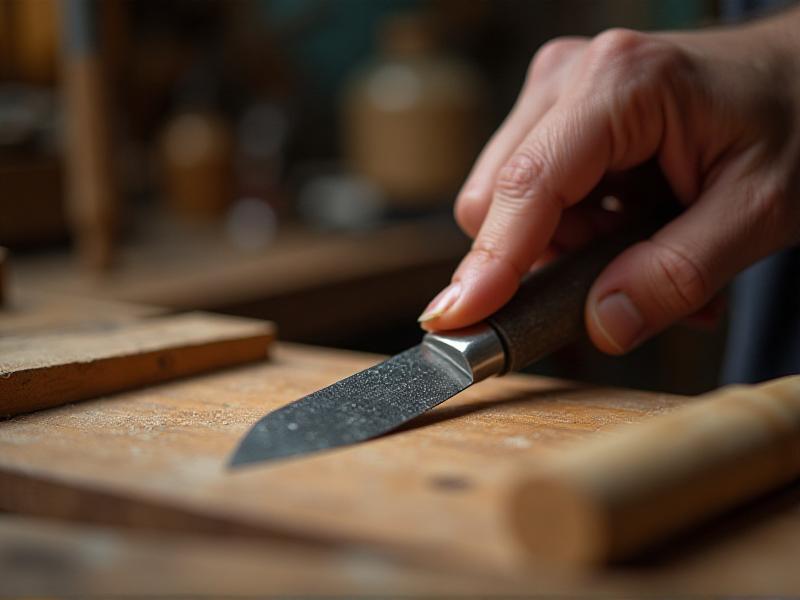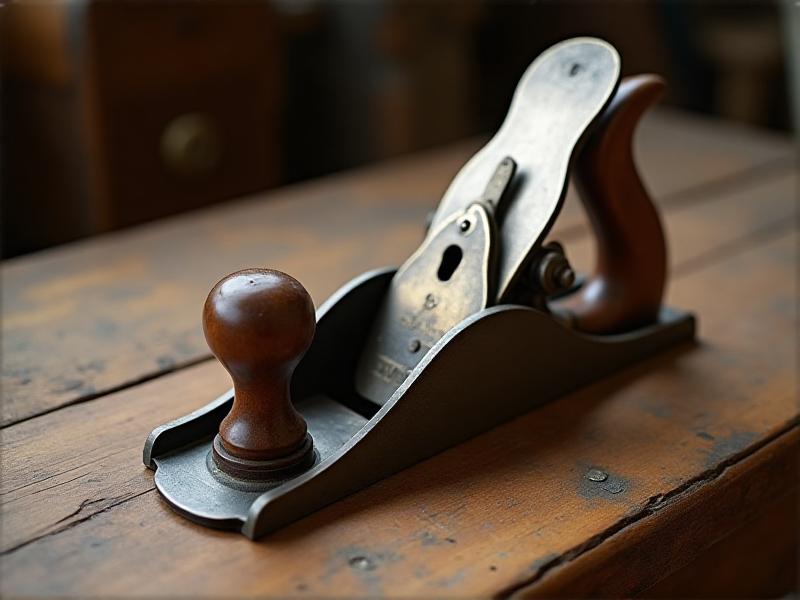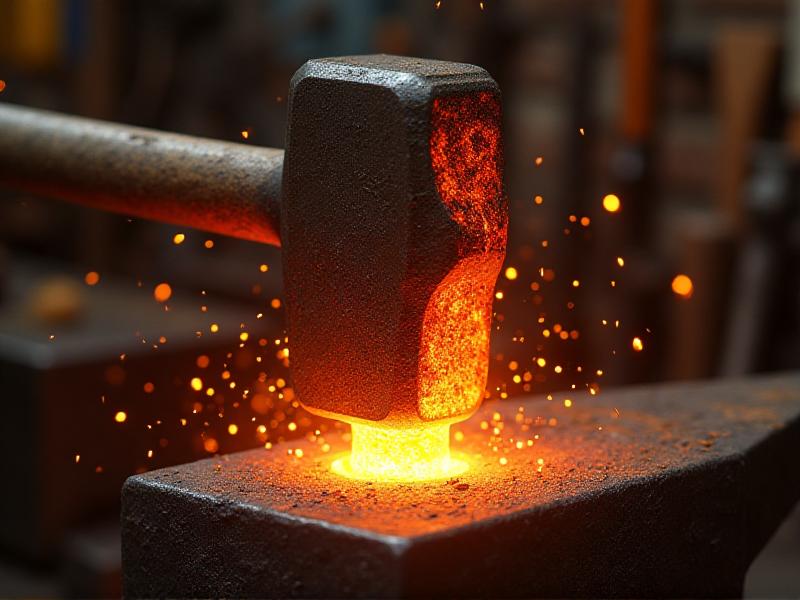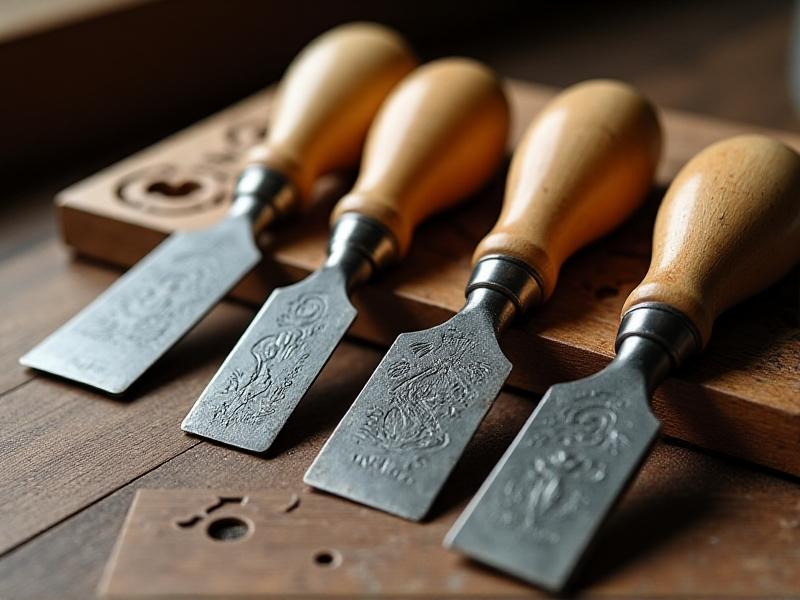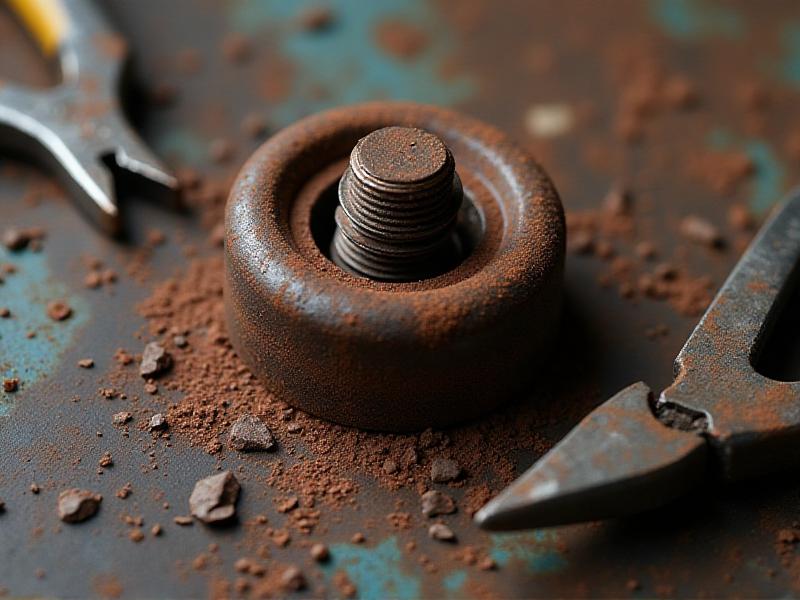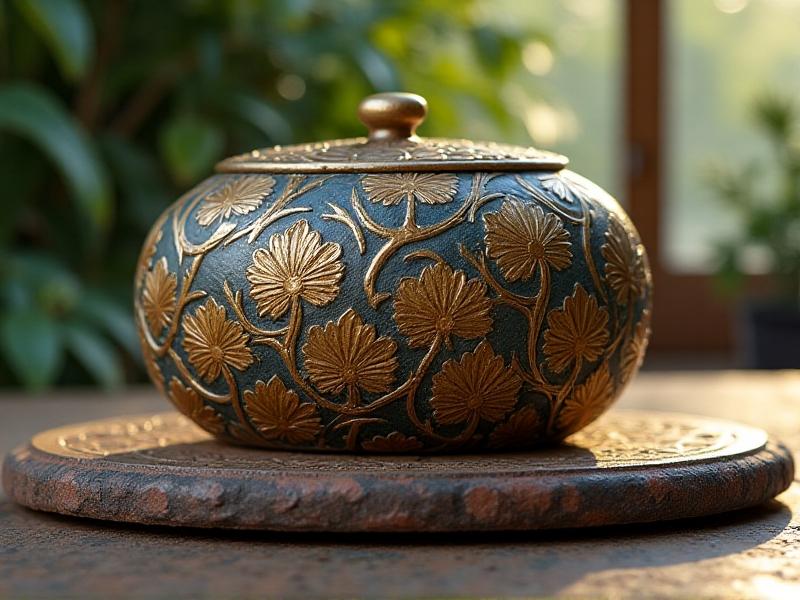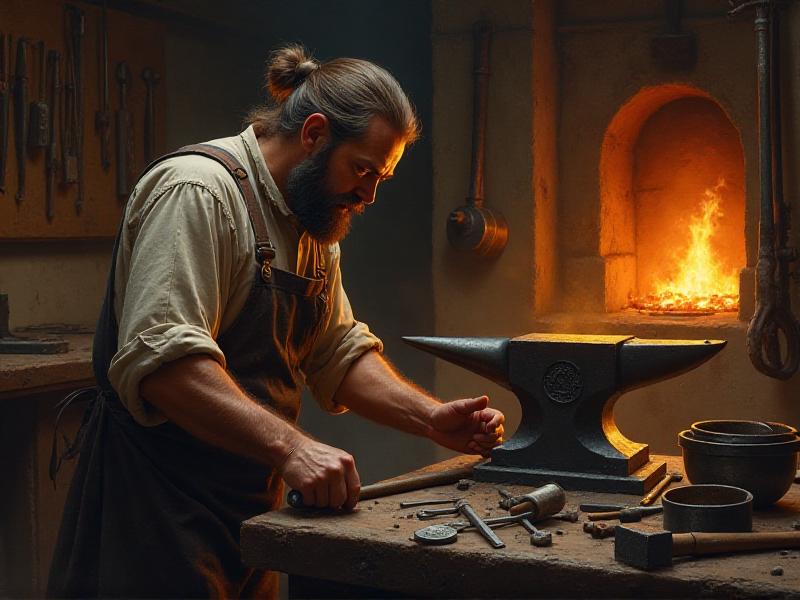Sharpening Jigs for Irregular Profiles
Understanding the Basics of Sharpening Jigs
Sharpening jigs are essential tools for achieving precise and consistent edges on various blades, especially when dealing with irregular profiles. These jigs are designed to hold the blade at a specific angle, ensuring that the sharpening process is both accurate and repeatable. For irregular profiles, such as those found on kitchen knives, carving tools, or specialized industrial blades, a standard sharpening jig may not suffice. This is where specialized jigs come into play, offering adaptability to the unique contours of the blade.
When selecting a sharpening jig, it's crucial to consider the type of blade you'll be working with. Some jigs are designed for straight edges, while others can accommodate curves, serrations, or other irregular shapes. The key is to find a jig that offers flexibility without compromising on stability. This ensures that the blade remains securely in place during the sharpening process, reducing the risk of uneven edges or accidental slips.
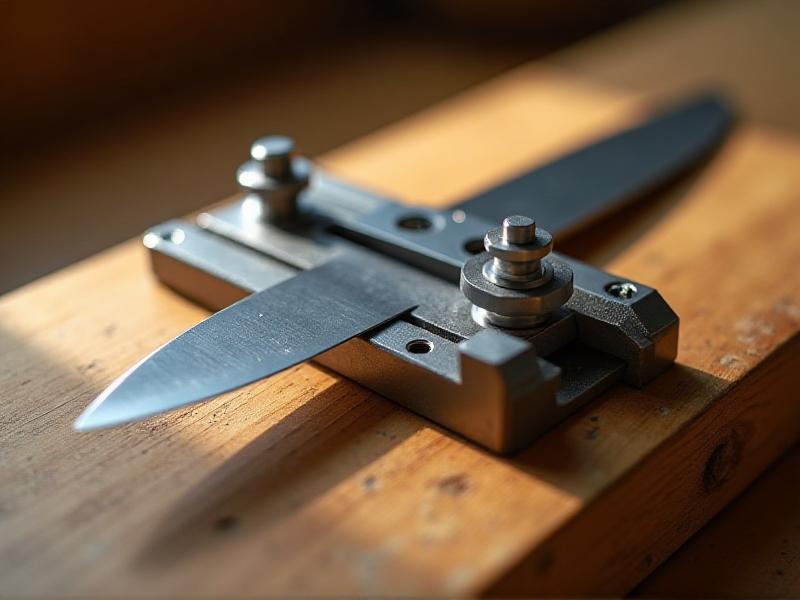
Types of Sharpening Jigs for Irregular Profiles
There are several types of sharpening jigs available, each suited to different kinds of irregular profiles. One popular option is the adjustable-angle jig, which allows you to set the sharpening angle to match the blade's unique shape. These jigs often come with multiple angle settings, making them versatile tools for a variety of blades. Another type is the rotary jig, which is particularly useful for sharpening curved edges. The rotary mechanism allows the blade to move smoothly along the curve, ensuring an even edge throughout.
For blades with serrations or other intricate patterns, a specialized serrated jig may be necessary. These jigs are designed to fit into the serrations, providing a stable platform for sharpening each individual tooth. Additionally, there are universal jigs that can be adapted to fit a wide range of blade profiles, offering a one-size-fits-all solution for those who work with multiple types of blades.
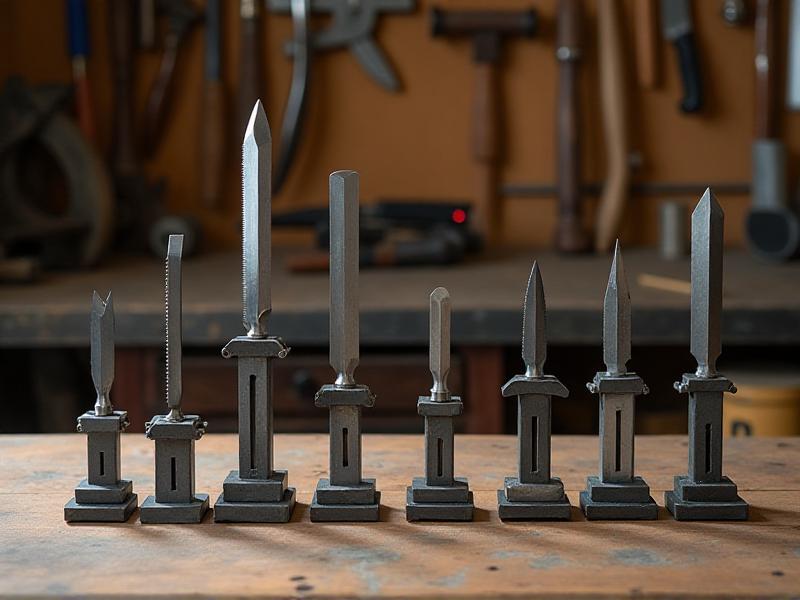
Setting Up Your Sharpening Jig for Success
Proper setup is crucial when using a sharpening jig, especially for irregular profiles. Begin by selecting the appropriate jig for the blade you're working with. Once you've chosen the right jig, take the time to adjust it to the correct angle. This may involve using a protractor or angle guide to ensure precision. It's also important to secure the blade firmly in the jig, using any clamps or locking mechanisms provided.
Before starting the sharpening process, double-check that the blade is aligned correctly. Misalignment can result in uneven edges or damage to the blade. Once everything is set up, you can begin sharpening, using consistent strokes and maintaining the angle throughout the process. Remember to take your time, as rushing can lead to mistakes that are difficult to correct.
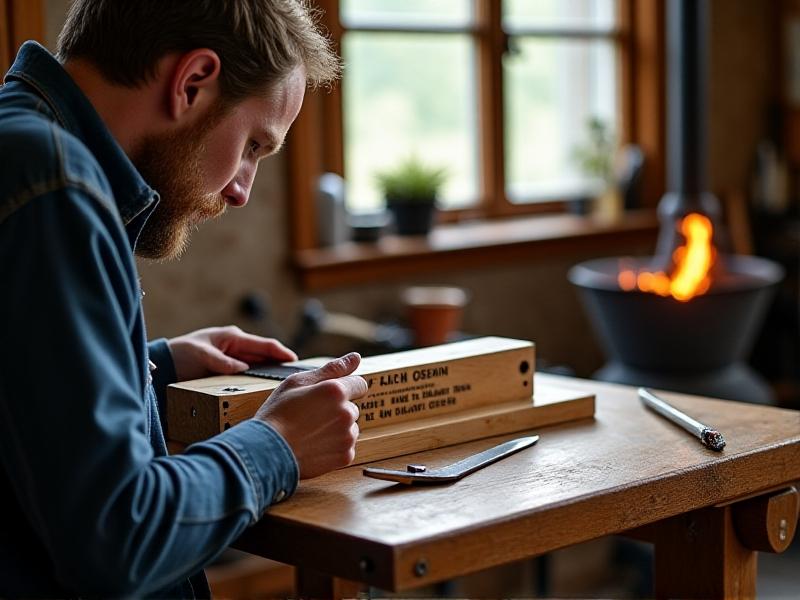
Techniques for Sharpening Irregular Profiles
Sharpening irregular profiles requires a different approach than sharpening straight edges. For curved blades, such as those found on kitchen knives or carving tools, it's important to follow the natural contour of the blade. This may involve using a rotary jig or making small, controlled strokes with a handheld sharpener. The key is to maintain consistent pressure and angle throughout the process, ensuring that the entire edge is sharpened evenly.
For serrated blades, the process is more intricate, as each tooth must be sharpened individually. A serrated jig can help by providing a stable platform for each tooth, allowing you to focus on one section at a time. Take care not to over-sharpen any single tooth, as this can alter the blade's overall profile. Instead, aim for a balanced approach, ensuring that each tooth is equally sharp.
Maintaining Your Sharpening Jig
Regular maintenance is essential to keep your sharpening jig in optimal condition. After each use, clean the jig thoroughly to remove any metal shavings or debris. This prevents buildup that can affect the jig's performance over time. Additionally, check for any signs of wear or damage, such as loose screws or worn clamps. Addressing these issues promptly can extend the life of your jig and ensure consistent results.
It's also a good idea to periodically lubricate any moving parts, such as the angle adjustment mechanism. This keeps the jig operating smoothly and reduces the risk of rust or corrosion. Finally, store your jig in a dry, secure location to protect it from moisture and dust. By taking these simple steps, you can ensure that your sharpening jig remains a reliable tool for years to come.
Common Mistakes to Avoid When Using Sharpening Jigs
Even with the right tools and techniques, it's easy to make mistakes when sharpening irregular profiles. One common error is using the wrong jig for the blade. This can result in uneven edges or damage to the blade. Always ensure that the jig you're using is suitable for the blade's profile. Another mistake is failing to secure the blade properly. A loose blade can shift during sharpening, leading to inconsistent results.
Over-sharpening is another pitfall to avoid. While it's tempting to keep sharpening until the blade feels razor-sharp, this can actually weaken the edge over time. Instead, aim for a balance between sharpness and durability. Finally, rushing the process is a surefire way to make mistakes. Take your time, and focus on maintaining consistent pressure and angle throughout the sharpening process.
Advanced Tips for Sharpening Complex Profiles
For those looking to take their sharpening skills to the next level, there are several advanced techniques to consider. One approach is to use multiple jigs in combination, allowing you to address different aspects of the blade's profile. For example, you might use an adjustable-angle jig for the main edge and a rotary jig for the curved sections. This can result in a more precise and polished edge.
Another advanced technique is to use a honing guide in conjunction with your sharpening jig. This helps to maintain a consistent angle throughout the sharpening process, especially for blades with complex profiles. Additionally, experimenting with different sharpening mediums, such as diamond stones or ceramic rods, can yield different results. The key is to find the combination that works best for your specific needs.
Choosing the Right Sharpening Jig for Your Needs
With so many options available, choosing the right sharpening jig can be overwhelming. Start by considering the types of blades you'll be working with most frequently. If you primarily work with straight edges, a simple adjustable-angle jig may suffice. However, if you frequently encounter irregular profiles, a more versatile jig, such as a rotary or universal jig, may be a better investment.
It's also important to consider the quality of the jig. While it may be tempting to opt for a cheaper model, investing in a high-quality jig can save you time and frustration in the long run. Look for jigs made from durable materials, with precise angle adjustment mechanisms and secure clamping systems. Finally, read reviews and seek recommendations from other craftsmen to ensure that you're making an informed decision.
The Role of Sharpening Jigs in Professional Settings
In professional settings, such as culinary schools, woodworking shops, or industrial facilities, sharpening jigs play a crucial role in maintaining the quality and consistency of blades. These environments often require the sharpening of a wide variety of blades, each with its own unique profile. A reliable sharpening jig ensures that each blade is sharpened to the same high standard, reducing the risk of errors or inconsistencies.
Additionally, in professional settings, time is often of the essence. A well-designed sharpening jig can significantly speed up the sharpening process, allowing craftsmen to focus on other tasks. This is particularly important in industries where blades are used frequently and need to be sharpened regularly. By investing in high-quality sharpening jigs, professionals can ensure that their blades remain in optimal condition, enhancing both efficiency and safety.
DIY Sharpening Jigs: Pros and Cons
For those who enjoy a hands-on approach, building your own sharpening jig can be a rewarding project. DIY jigs can be customized to fit your specific needs, allowing you to create a tool that is perfectly suited to the blades you work with. Additionally, building your own jig can be a cost-effective alternative to purchasing a commercial model.
However, there are some drawbacks to consider. DIY jigs may not offer the same level of precision or durability as commercial models, especially if you're not experienced in woodworking or metalworking. Additionally, building your own jig can be time-consuming, and there's always the risk that the final product may not meet your expectations. If you decide to go the DIY route, be sure to carefully plan your design and use high-quality materials to ensure the best possible results.
The Future of Sharpening Jigs: Innovations and Trends
As technology continues to advance, so too do the tools we use for sharpening blades. One emerging trend is the integration of digital technology into sharpening jigs. Some modern jigs now come equipped with digital angle guides, allowing for even greater precision and consistency. These digital jigs can be programmed to remember specific angles, making it easier to achieve repeatable results.
Another innovation is the use of advanced materials, such as carbon fiber or titanium, in the construction of sharpening jigs. These materials offer increased durability and reduced weight, making the jigs easier to handle and more resistant to wear and tear. Additionally, there is a growing focus on ergonomic design, with jigs being developed to reduce strain and fatigue during prolonged use. As these trends continue to evolve, we can expect to see even more sophisticated and user-friendly sharpening jigs on the market.
